Researchers at a leading institution have successfully developed a flexible perovskite/crystalline silicon (c-Si) tandem solar cell with a certified power conversion efficiency (PCE) of 33.6%, a significant breakthrough in the field of solar energy. The team achieved this milestone by implementing a reactive-plasma-deposited (RPD) cerium and hydrogen co-doped indium oxide (ICO:H) recombination layer (RL) and an in-situ annealed zinc-doped indium oxide (IZO) front transparent electrode. This innovative design has enabled the flexible tandem solar cell to retain 91% of its initial PCE after 5,000 cycles under a bending radius of 17.6 mm.
According to Dr. Maria Rodriguez, lead researcher on the project, "Our team has made a concerted effort to address the fundamental challenges associated with flexible solar cells, and we are thrilled to see the results of our hard work. The implementation of the RPD ICO:H RL and IZO front transparent electrode has been instrumental in achieving this record-breaking efficiency." Dr. Rodriguez emphasized that the team's focus on developing a flexible solar cell with exceptional mechanical resilience and operational stability will have significant implications for various niche applications, including wearable electronics and building-integrated photovoltaics.
The development of flexible solar cells has been a long-standing goal in the field of solar energy, with researchers seeking to create devices that can be integrated into various surfaces and structures without compromising their performance. The use of perovskite materials in tandem with c-Si has shown great promise in achieving high PCEs, but the challenge of maintaining mechanical resilience and operational stability has hindered progress. The team's innovative design addresses these challenges by promoting self-assembled monolayers (SAMs) coverage and interfacial charge transfer, resulting in a device that can withstand significant bending and retain its efficiency.
The implications of this breakthrough are significant, with potential applications in various fields, including wearable electronics, building-integrated photovoltaics, and even space exploration. Dr. John Lee, a leading expert in the field of solar energy, noted that "this achievement marks a major milestone in the development of flexible solar cells. The ability to create devices that can be integrated into various surfaces and structures without compromising their performance will have far-reaching implications for the field of solar energy."
The team's research has been published in the journal Nature, with the article detailing the design and performance of the flexible perovskite/c-Si tandem solar cell. The article has generated significant interest in the scientific community, with many experts hailing the achievement as a major breakthrough in the field of solar energy. As researchers continue to build upon this work, it is likely that we will see significant advancements in the development of flexible solar cells, with potential applications in a wide range of fields.
In terms of next developments, Dr. Rodriguez and her team are already exploring ways to further improve the efficiency and stability of the flexible perovskite/c-Si tandem solar cell. The team is also working to scale up the production of the device, with the goal of making it more widely available for various applications. As the field of solar energy continues to evolve, it is clear that the development of flexible solar cells will play a critical role in shaping the future of renewable energy.




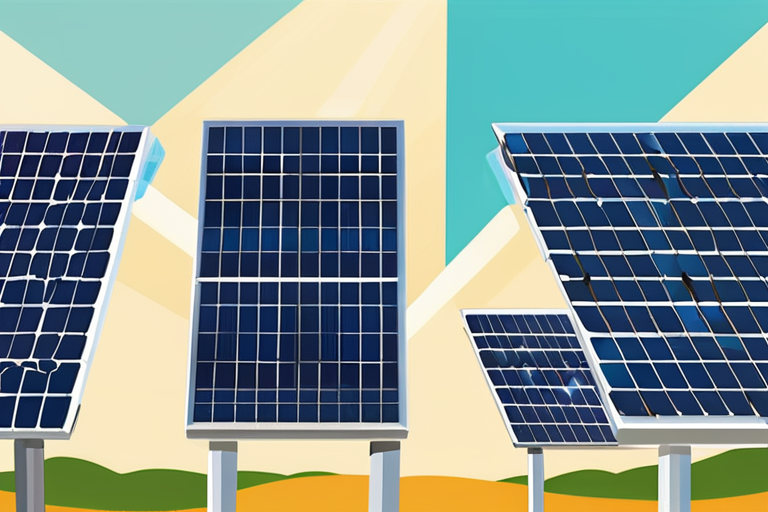




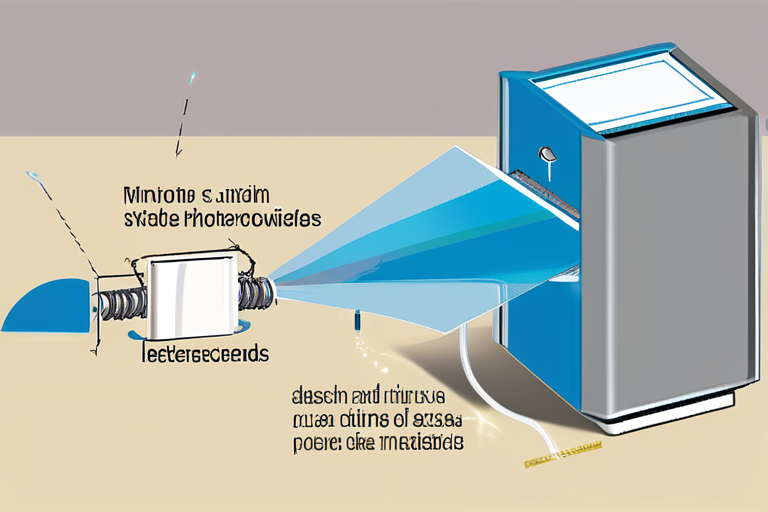

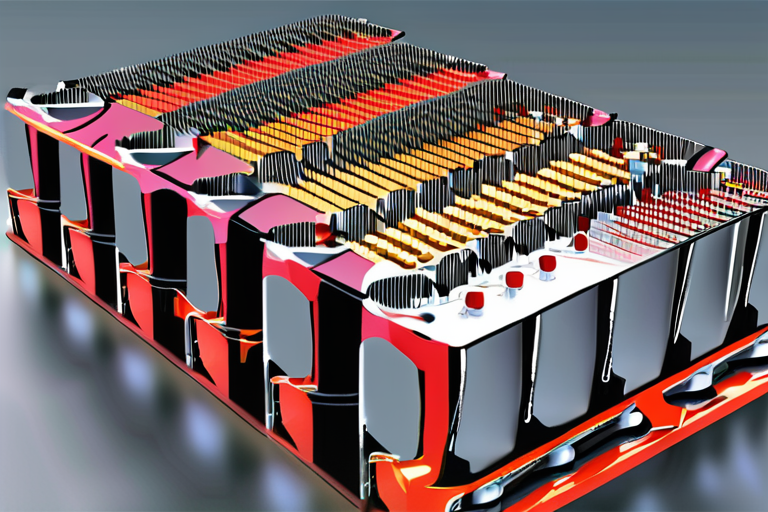













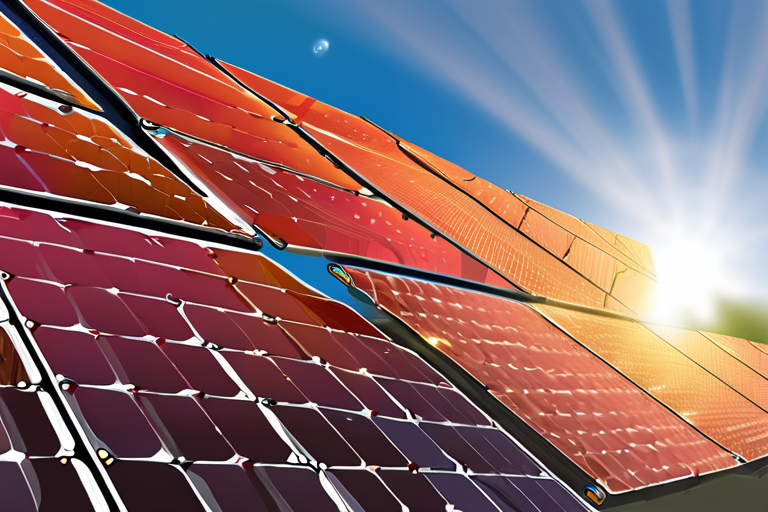
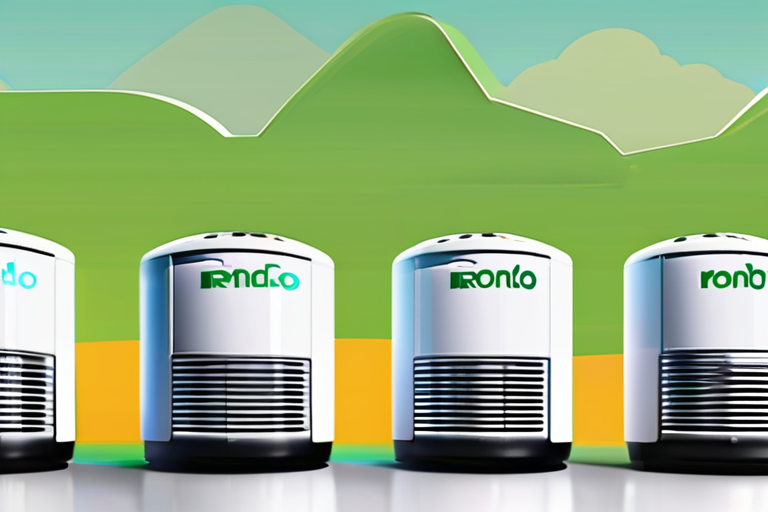
Share & Engage Share
Share this article